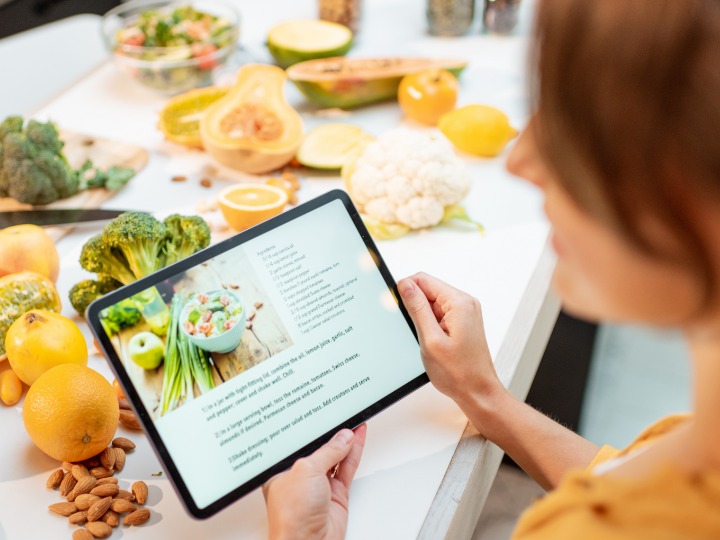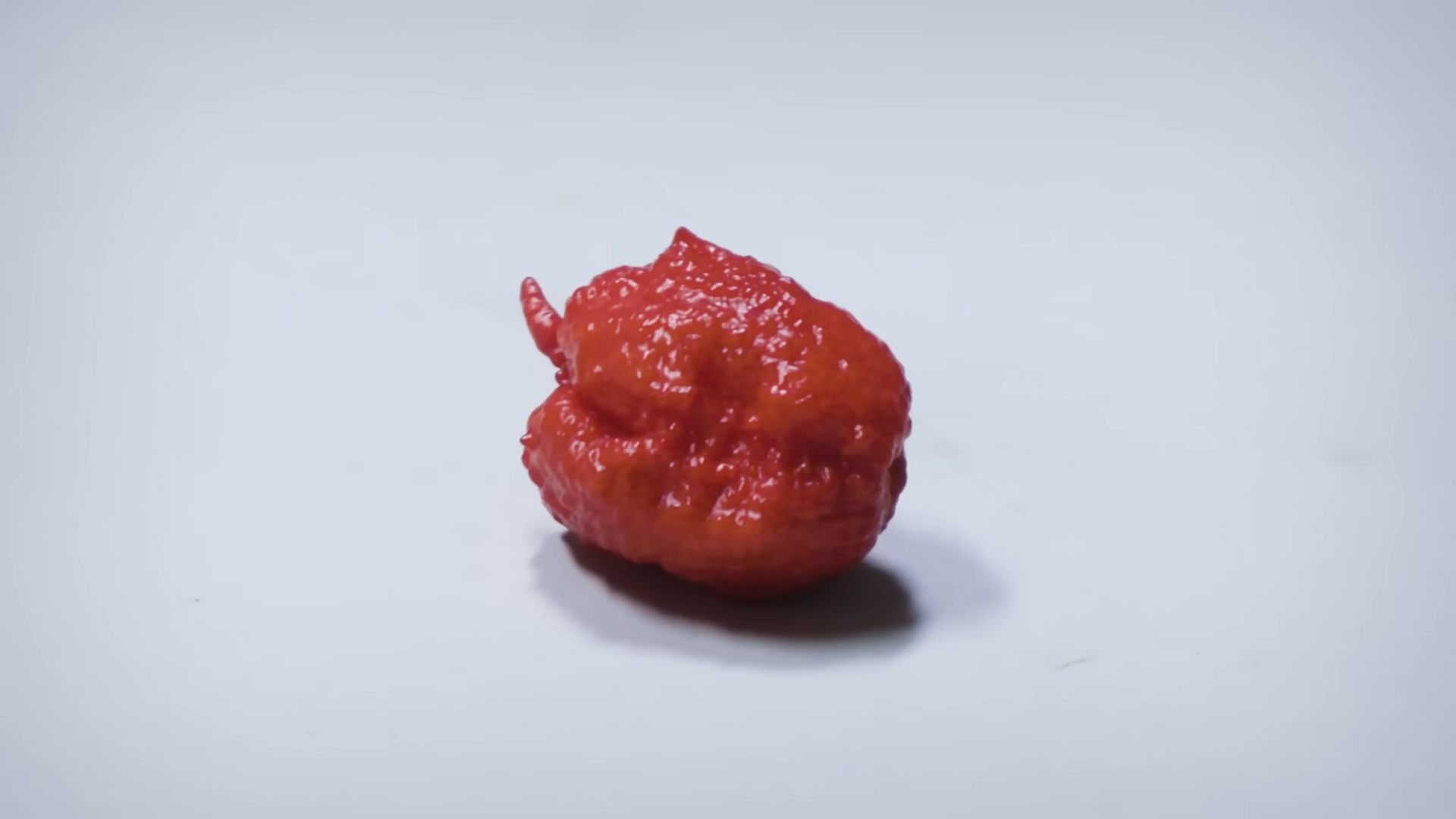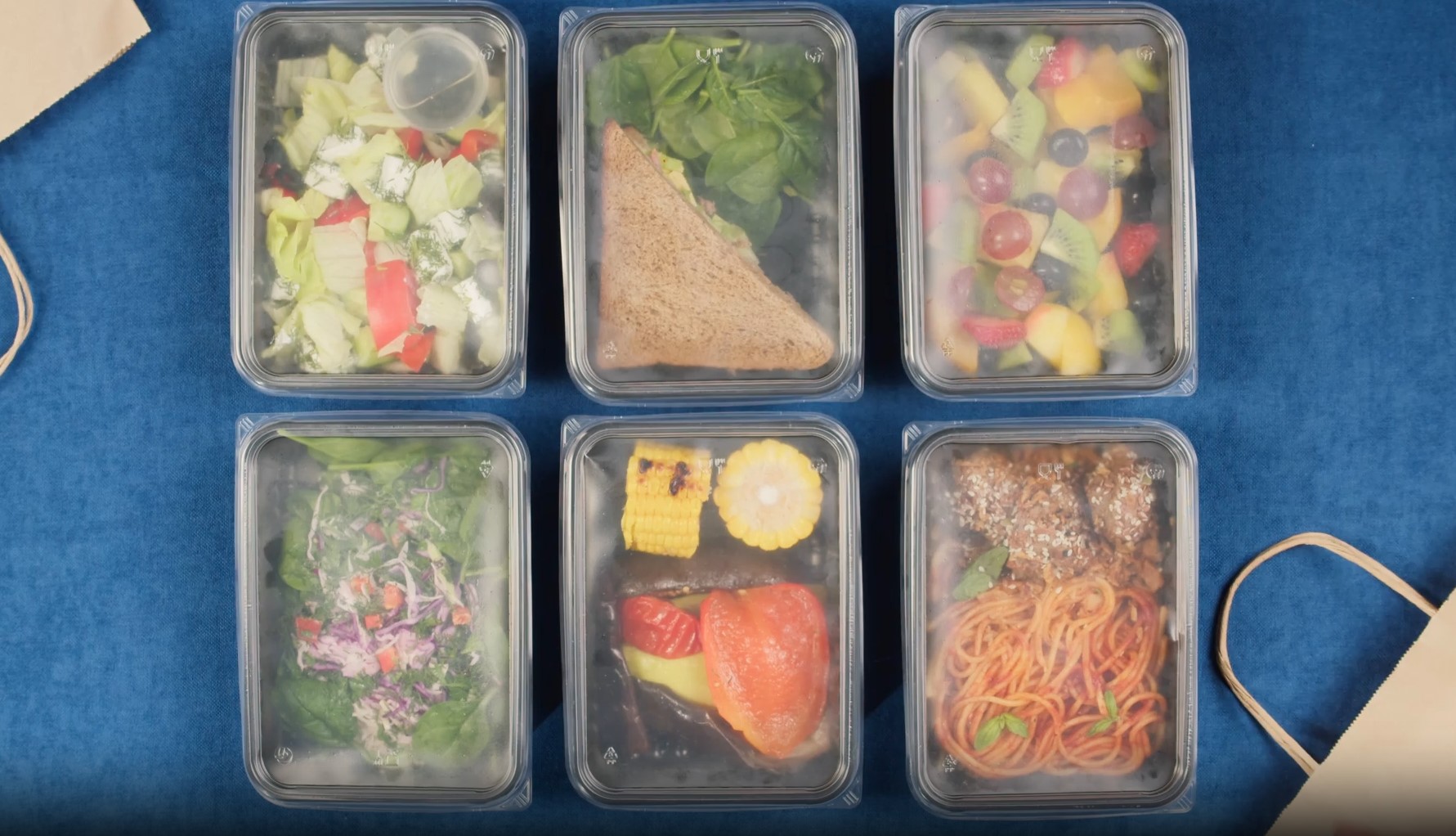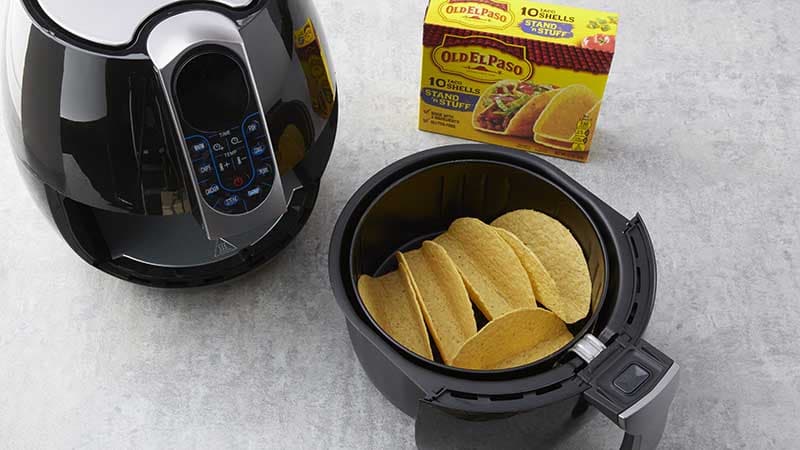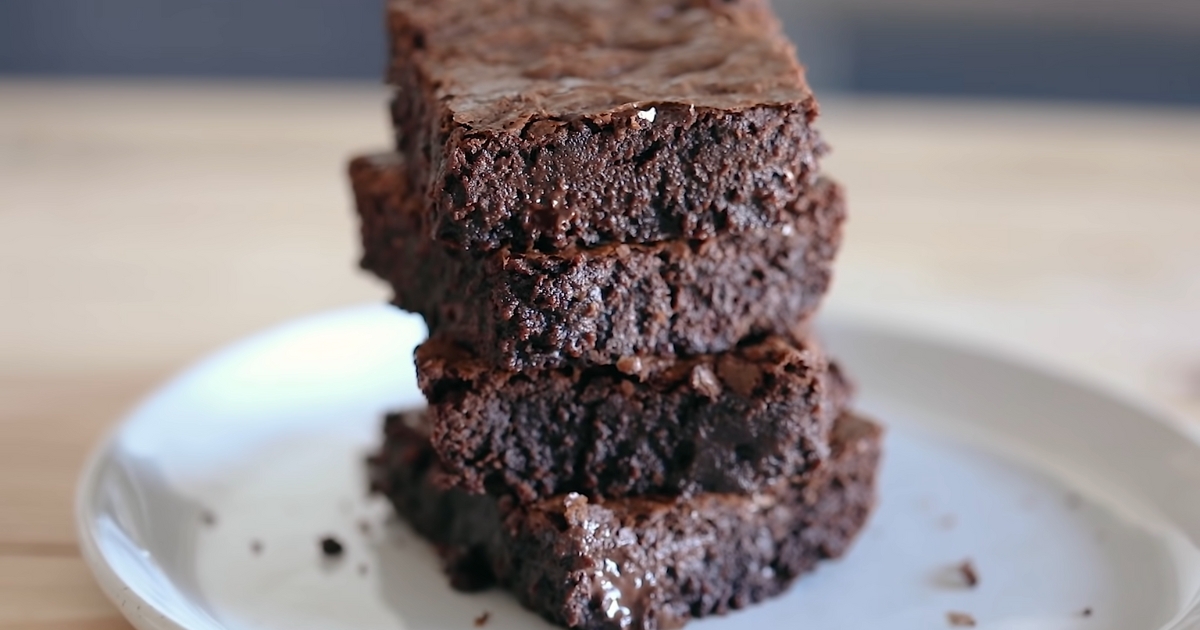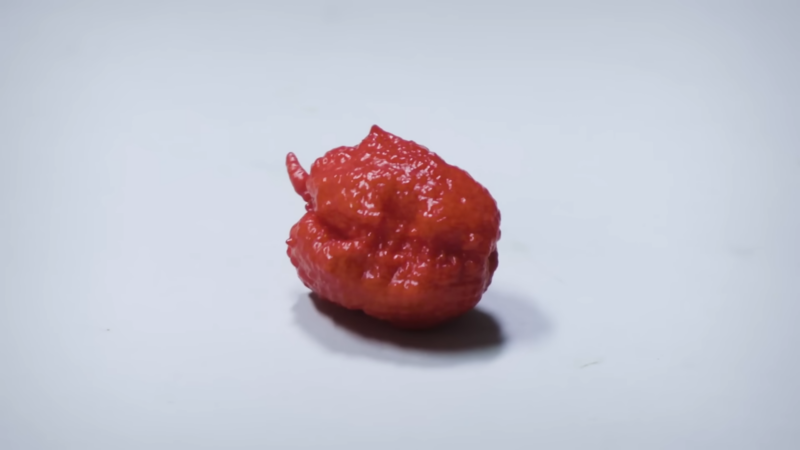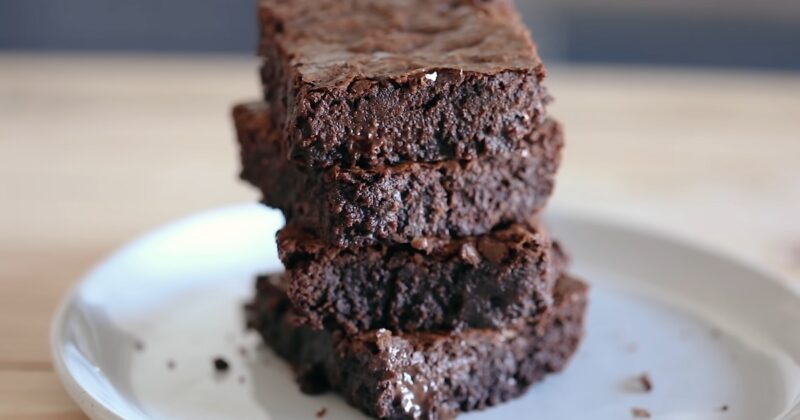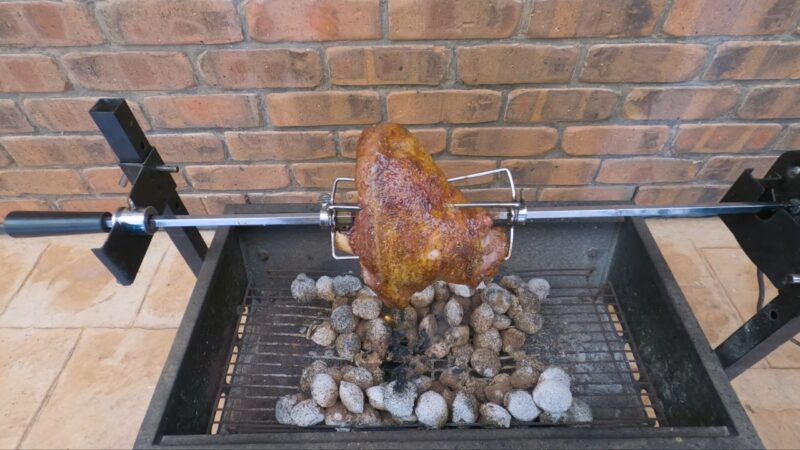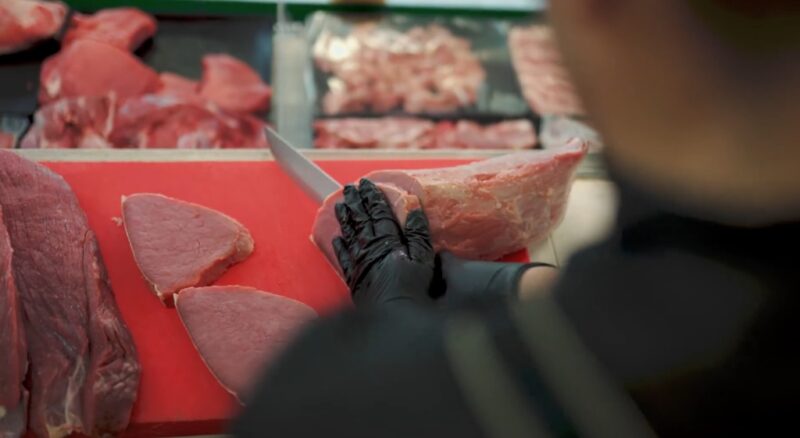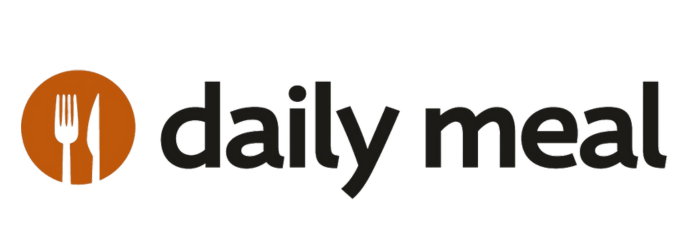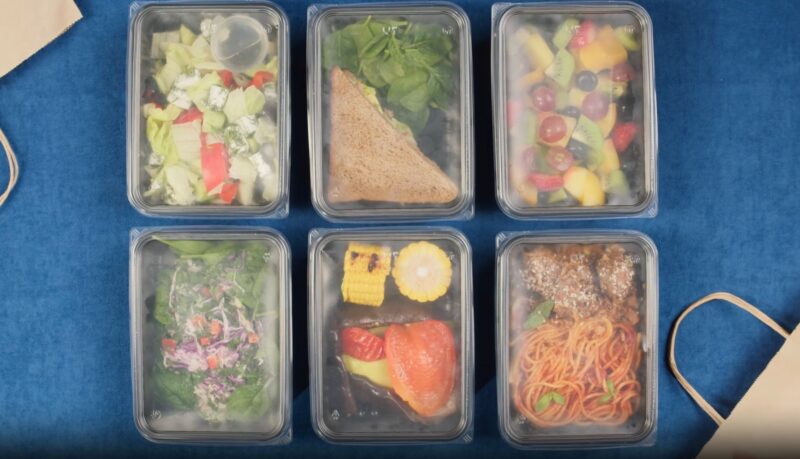
Snap Kitchen offers a convenient meal delivery service that focuses on providing fresh, healthy, and balanced meals right to your doorstep.
For busy individuals who prioritize nutrition but lack the time to cook, Snap Kitchen’s pre-prepared meals are an ideal solution.
To ensure both the safety and the quality of the food, it’s crucial to know how long these meals can be stored before consumption.
Shelf Life of Snap Kitchen Meals
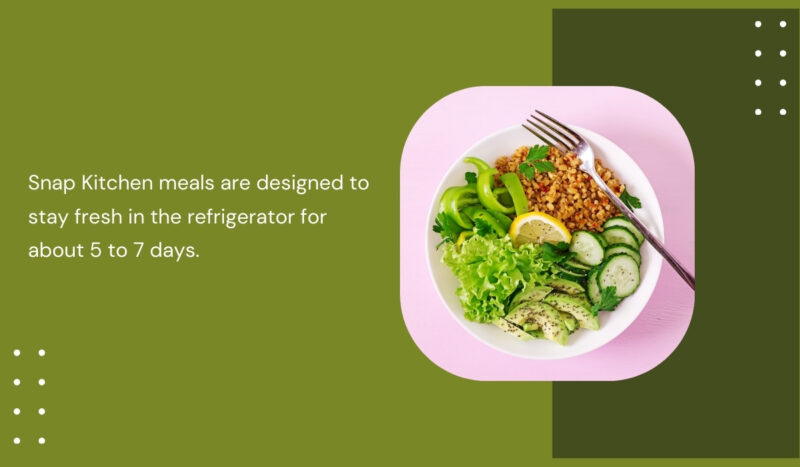
Each meal tray comes with a “best by” date clearly labeled, which indicates the optimal period for consumption.
But generally:
Snap Kitchen meals are designed to stay fresh in the refrigerator for about 5 to 7 days.
The date is a helpful guide to ensure you enjoy the meals when they are at their peak flavor and nutritional value.
Keeping the meals within this timeframe is also essential for food safety, as it minimizes the risk of spoilage.
Freezing Duration
If you need to store Snap Kitchen meals for a longer period, freezing is a viable option.
These meals can be frozen for up to 6months without significant loss of quality.
To maintain the best texture and flavor, it’s recommended to thaw the meals in the refrigerator before reheating.
Factors Affecting Shelf Life

Now let us go through the factors that can affect the meal’s shelf life.
Ingredients
Snap Kitchen prides itself on using fresh, high-quality ingredients with no added preservatives.
The commitment to freshness means that the meals are delivered fresh, not frozen.
The absence of preservatives, while beneficial for health, makes it even more important to adhere to the recommended storage times.
Fresh ingredients have a shorter shelf life compared to processed foods, so proper storage is key.
Packaging
The packaging used by Snap Kitchen plays a significant role in maintaining the meals’ freshness and safety.
The meals are packaged in recyclable, BPA-free containers that are microwave-friendly, making reheating easy and convenient.
During transit, the meals are kept temperature-safe with insulated packaging and ice packs, ensuring they arrive at your home in optimal condition.
Proper packaging helps extend the shelf life by protecting the food from contamination and temperature fluctuations.
Best Practices for Storing Snap Kitchen Meals
There are two major practices for storing snap kitchen meals:
Let us talk about them in greater detail.
Refrigeration
To maximize the freshness of Snap Kitchen meals, it’s important to store them in the refrigerator as soon as possible after delivery.
Prompt refrigeration slows down the growth of bacteria and helps preserve the nutritional quality and flavor of the meals.
Make sure to follow the “best by” dates on each meal tray, as these are determined based on the specific ingredients and preparation methods used.
These dates provide a reliable guide for ensuring the meals are consumed while they are still at their peak quality.
Ignoring these dates can lead to eating food that has lost its optimal taste and nutritional value, and in some cases, could pose a health risk.
Storing the meals properly in the fridge helps maintain their quality and prevents spoilage.
It’s best to place the meals on a shelf rather than at the door, where temperatures can fluctuate more frequently.
Keeping the refrigerator at or below 40°F (4°C) ensures a safe environment for food storage.
Organize your fridge so that older meals are at the front and newer deliveries are at the back, making it easier to consume meals in the order they arrive.
Freezing
If you plan to consume the meals beyond the recommended refrigeration period, freezing them immediately is the best option.
Freezing halts the growth of bacteria and preserves the meals for up to six months.
When you’re ready to eat a frozen meal, thaw it in the refrigerator to preserve its texture and flavor.
This slow thawing process ensures that the meals defrost evenly and safely.
Ideally, transfer the meal from the freezer to the fridge the night before you plan to eat it.
Avoid thawing at room temperature or using hot water, as these methods can negatively impact the quality and safety of the food.
Thawing at room temperature can cause the outer layers of the meal to enter the temperature danger zone (40°F – 140°F), where bacteria grow rapidly.
Reheating Instructions
Reheating is always a good way to go. The only thing you need to think about is how you should do it.
Microwave
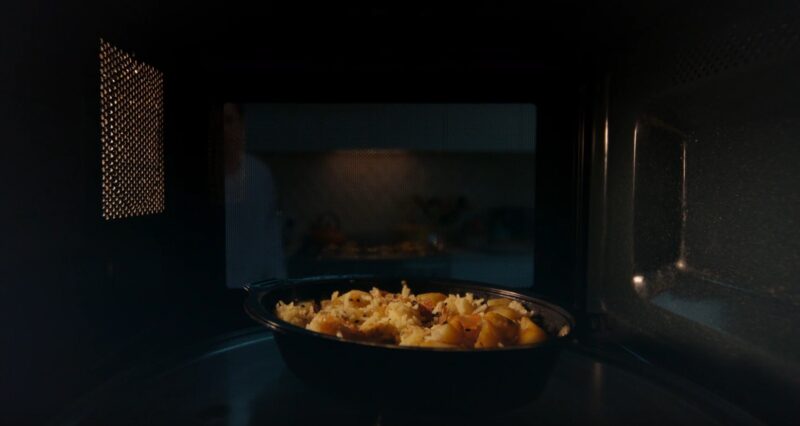
Most Snap Kitchen meals are designed to be reheated in the microwave, providing a quick and convenient option for busy individuals.
Each meal tray comes with specific reheating instructions to ensure the best results. Follow these guidelines closely to avoid overcooking or undercooking the food.
Proper microwaving preserves the taste and nutritional value of the meals.
Alternative Methods
For those who prefer other reheating methods, Snap Kitchen meals can also be warmed up in the oven or on the stovetop.
These methods may take a bit longer but can enhance the texture and flavor of certain dishes.
Adjust the cooking times and methods based on your personal preferences and the equipment you have available.
Related Posts:
- How Long Does Pasta Last in the Fridge - Keep Your…
- Snap Kitchen vs My Fit Foods: Who Earns Our Vote and Why?
- 10 Dijon Mustard Substitute You Can Pick Anytime -…
- 10 Best Mini Fridge Kegerators 2023 - Transform Your…
- 10 Best Roaster Oven 2023 - Perfectly Cooked Meals…
- Crafting Athlete-Friendly Meals: 9 Nutrition Tips &…
